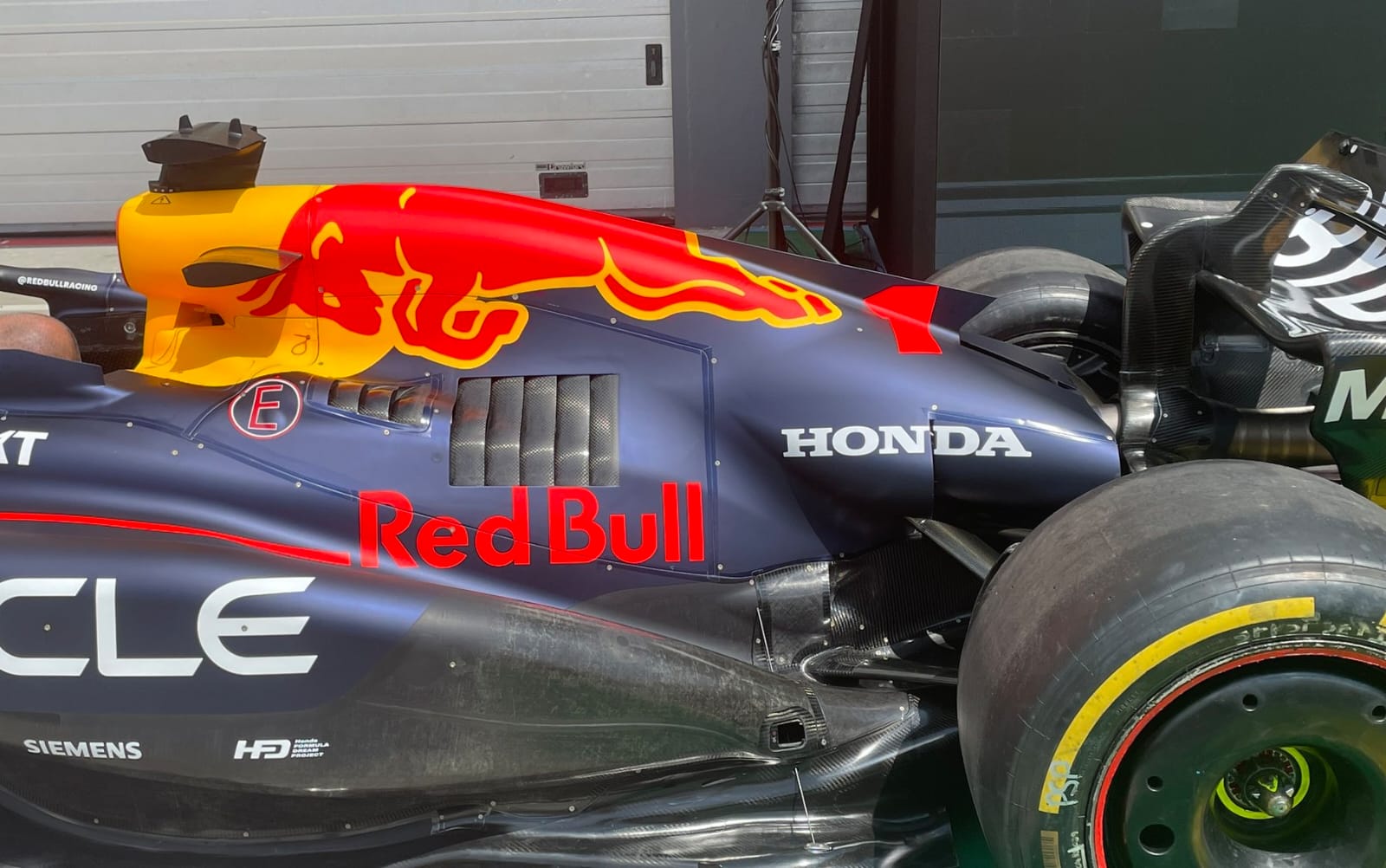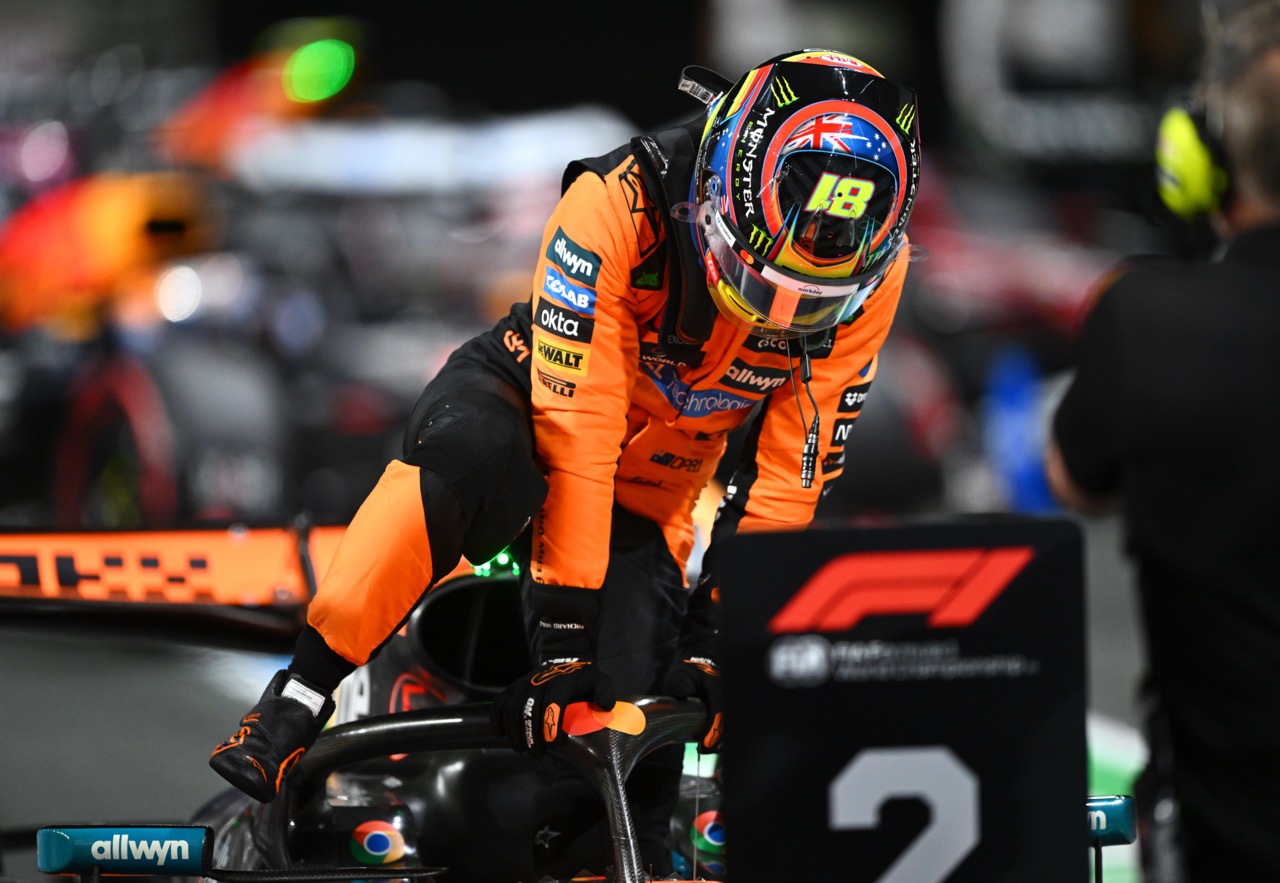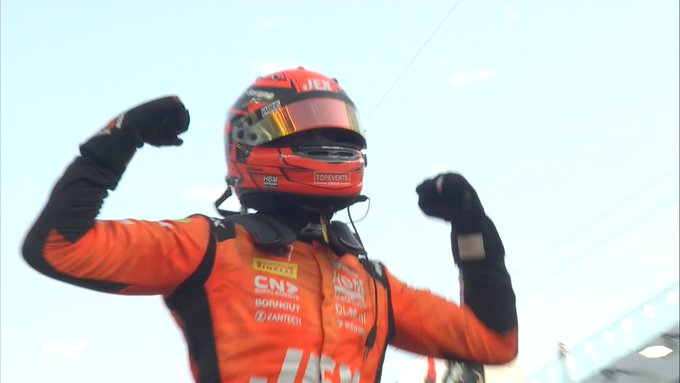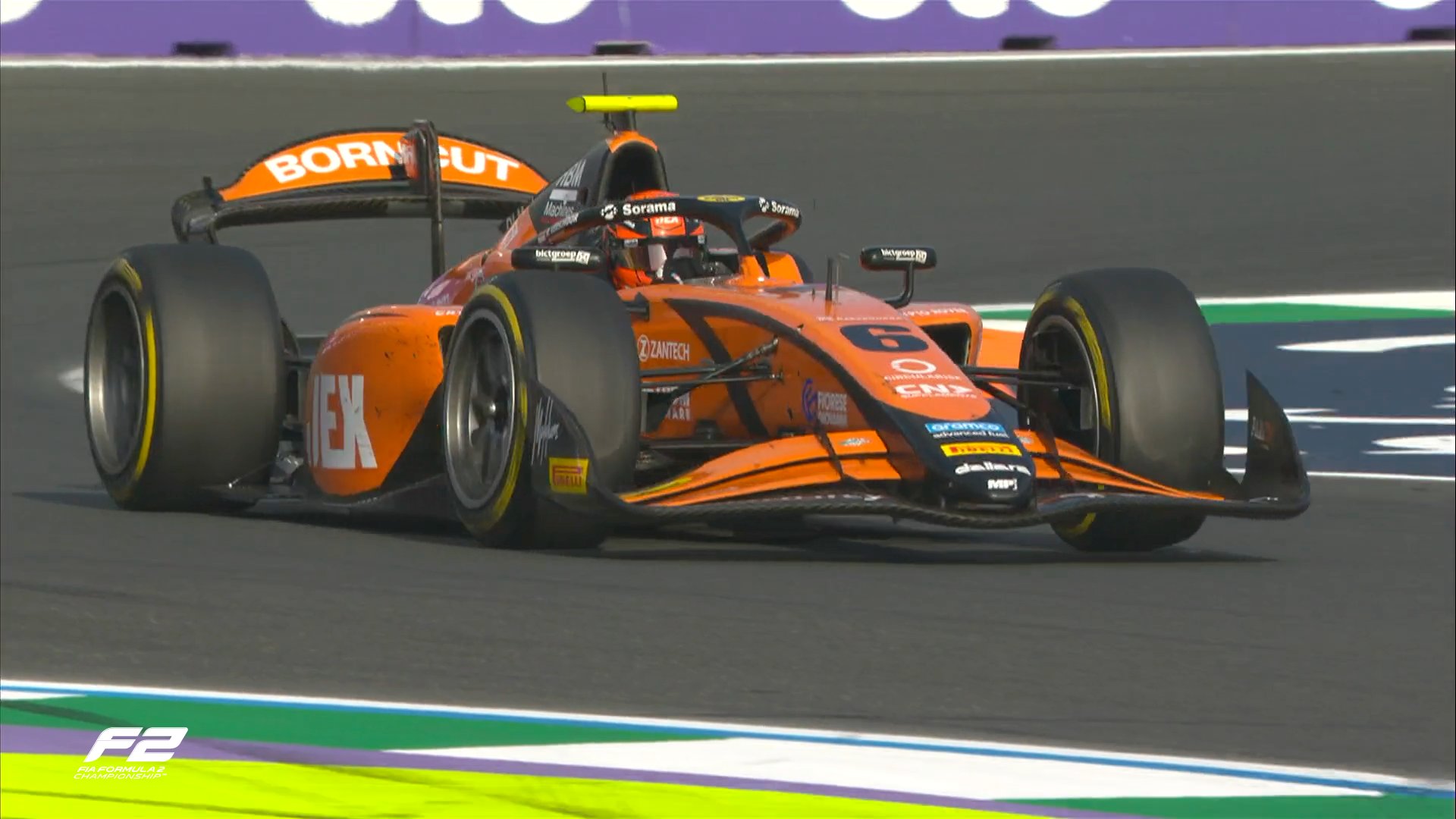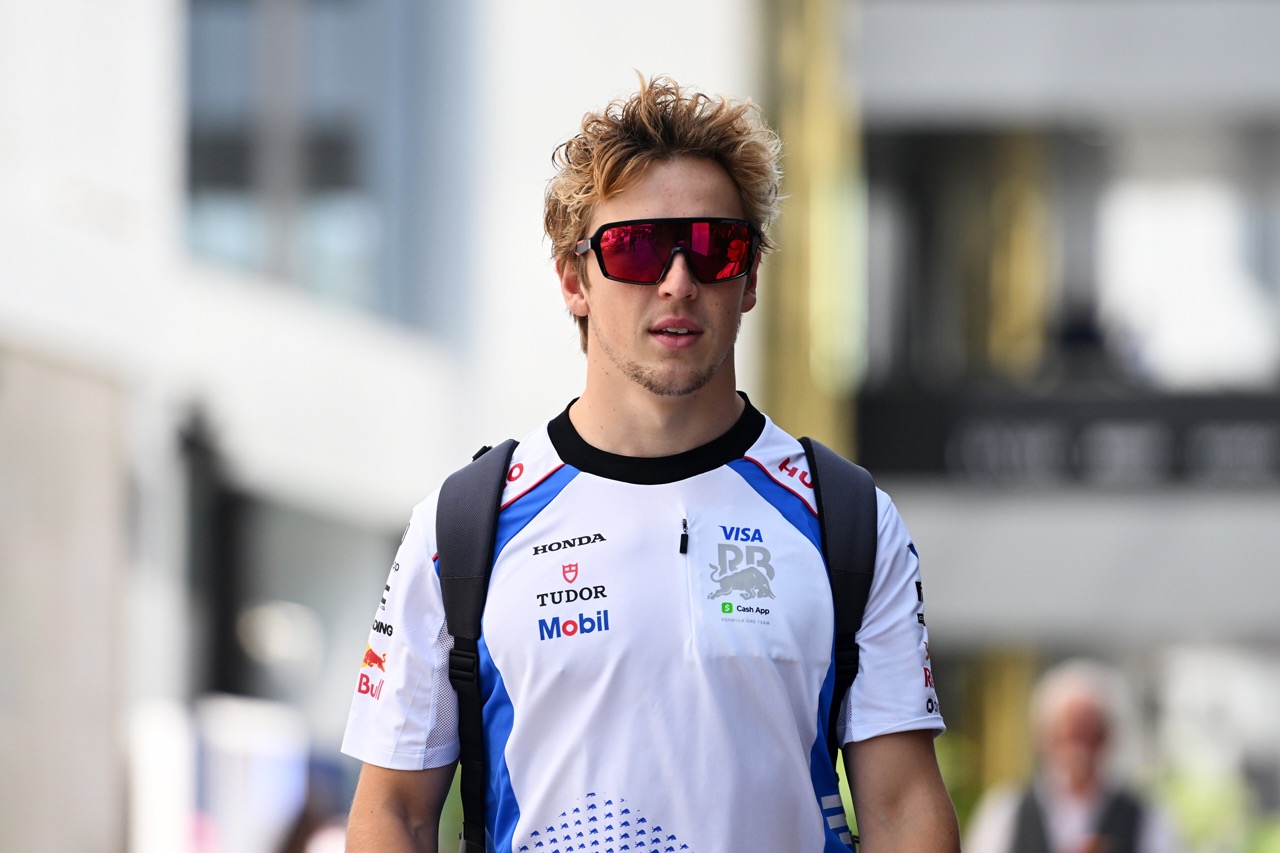For this weekend’s Hungarian Grand Prix, Red Bull Racing have taken a step away from their Mercedes-style engine cover gulleys, opting for a new aerodynamic approach on Max Verstappen’s RB20.
Despite the shift for this weekend, it might not be the end of the gulleys altogether.
Red Bull has introduced a major package update, ahead of schedule, in an attempt to enhance the car’s performance in the high-downforce, hot conditions that define the Hungaroring.
A visible change is the new engine cover and side pod layout, exclusively on Verstappen’s car for this race. The modifications are a blend of circuit-specific tweaks alongside longer-term developments, including a new floor and various aerodynamic components.
The new design strays from the high-haunched engine cover that was inspired by Mercedes’ gulleys and instead returns to a sharp drop-off from the back of the halo fairing.
The departure from the gulleys has resulted in a shrink-wrapped layout around the car’s midriff before flaring out at the rear cooling outlet.
According to Red Bull’s FIA car presentation document, the new engine cover and side pod layout are ‘circuit-specific,’ expected to boost performance at the Hungaroring. This means that the Mercedes-style gulleys will likely make a comeback, depending on the nature of the circuit.
Chief Engineer Paul Monaghan highlighted the reasoning behind the changes: “It’s linked to temperature and the track nature. So we’ll see how it pans out here, won’t we?
“If the lap times are poor in relative terms, we’ll have to consider. But our belief is we’re going forward with this, and thanks to everyone in the factory who has done a stunning job, as we’ve got it here earlier than we expected.”
The rear cooling outlet is additionally supplemented by flared openings in the engine covert. Changes in the midriff region of the bodywork are facilitated by internal alterations, including the removal of the halo inlet scoop.
The previous boxy periscope-style arrangement has been swapped out, with a reprofiled louvred panel on the engine cover.
Externally, the shape and length of the side pod gulleys have been altered.
The new waterslide-style section begins earlier, and the flank sits higher to entice airflow into the coke bottle region downstream.
The package also includes a reprofiled lower front wishbone fairing, revised front wing layout, halo fairing, and rear brake duct fence, all designed to optimise aerodynamic flow and cooling from front to back on the car.
Red Bull’s document noted that all four front wing elements have been altered to increase the load in the car without destabilizing flow stability.
Additionally, the adjuster mechanism has returned to the outboard position, whilst the nose tip has also been changed slightly, with a rounded shape instead of the previous square style.
In preparation for FIA tests from the Belgian GP onwards, the team has placed reference targets on the front wing endplate and modified the nose-mounted camera housings to monitor deflection while on track.

